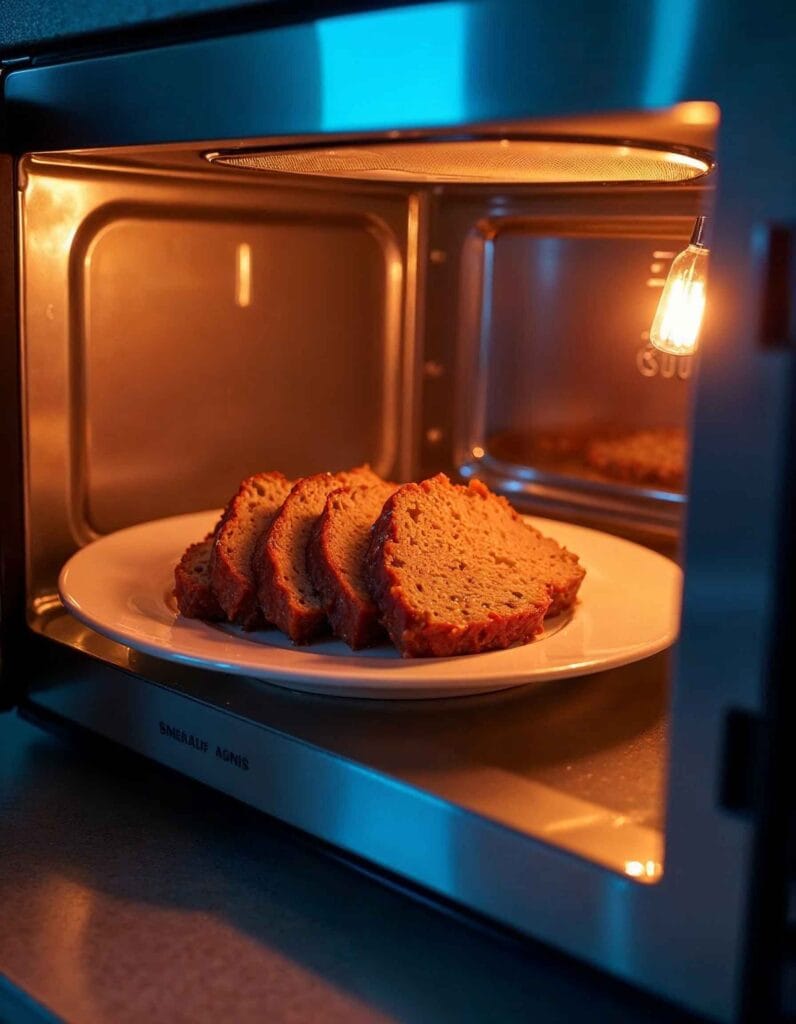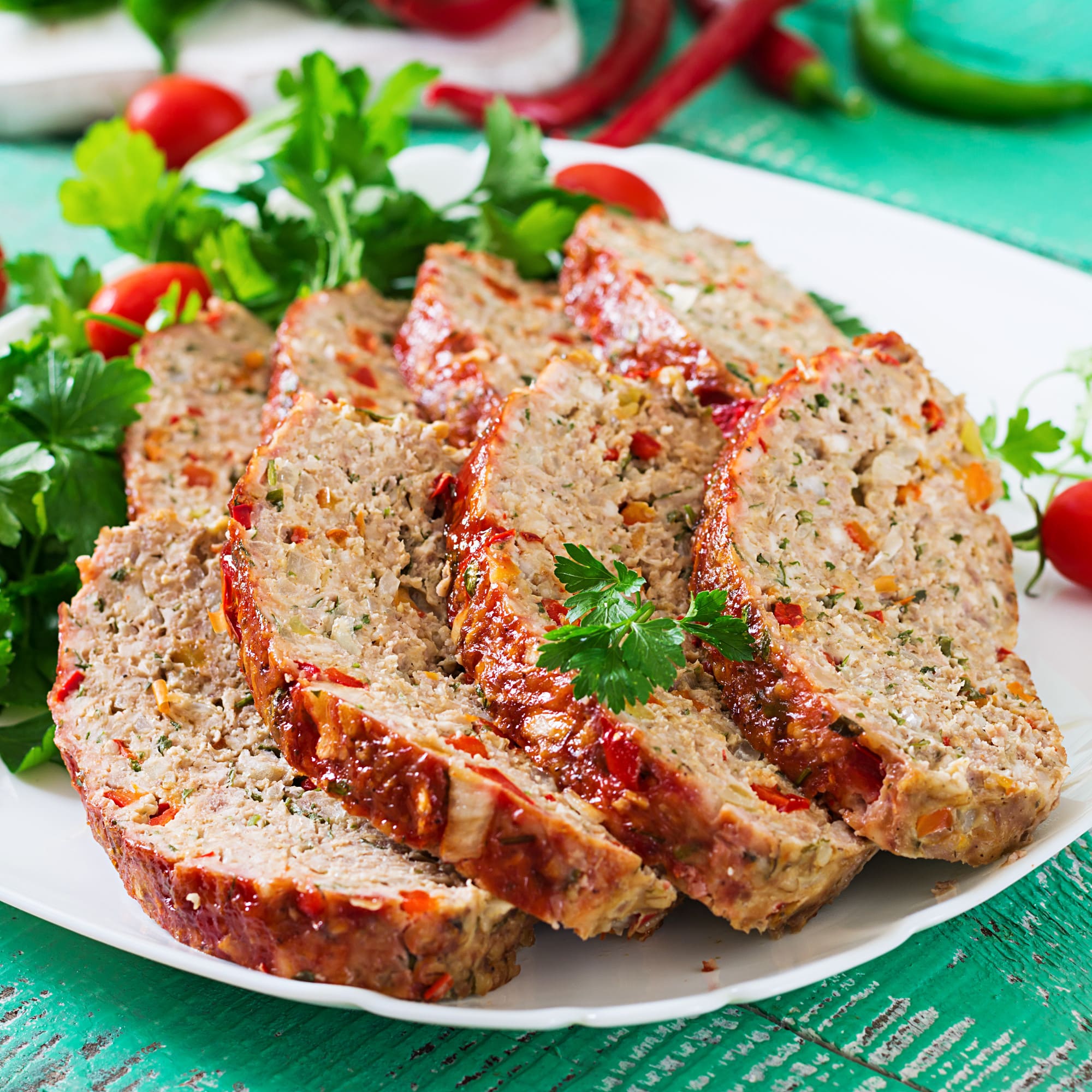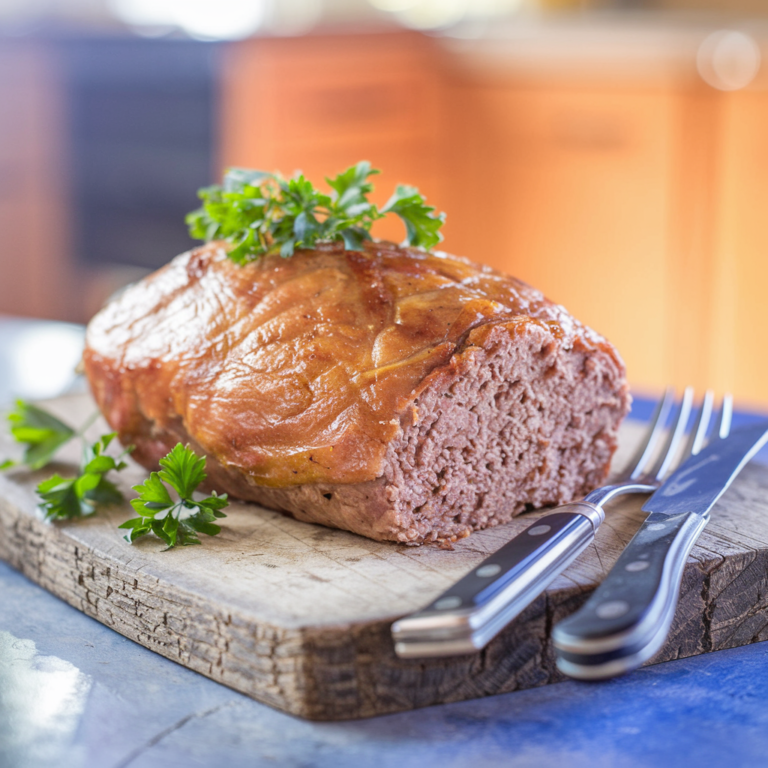How Long Can Meatloaf Stay in the Fridge? Expert Storage Tips and Recipes
Proper food storage is crucial for maintaining safety and quality, especially for prepared dishes like meatloaf. With its combination of ground meat, breadcrumbs, seasonings, and other perishable ingredients, meatloaf can be a perfect breeding ground for bacteria if not stored correctly. In this article, we’ll explore how long meatloaf can stay in the fridge, the best storage practices, and tips to extend its shelf life. Whether you’ve prepared a hearty dinner or meal-prepped for the week, knowing these storage guidelines will help ensure your food stays fresh and safe to eat.
What is Meatloaf?
Overview of Meatloaf and Its Ingredients
Meatloaf is a classic comfort food enjoyed worldwide, often made by combining ground meat—typically beef, pork, turkey, or a mix—with breadcrumbs, eggs, milk, and a variety of seasonings. Additional ingredients like onions, garlic, or bell peppers may be added to enhance its flavor. The mixture is shaped into a loaf and baked, often topped with a glaze of ketchup or barbecue sauce for added taste.
This versatile dish is loved for its hearty nature and ability to adapt to different flavor profiles. However, the very ingredients that make meatloaf delicious also make it highly perishable. Ground meat is particularly prone to bacterial growth if not stored properly, so understanding its shelf life is critical for safe consumption.
Shelf Life of Cooked Meatloaf
Safe Refrigeration Periods
Once cooked, meatloaf should be refrigerated within two hours of preparation to prevent bacterial contamination. If stored at the proper temperature of 40°F (4°C) or below, it will remain safe to eat for 3 to 4 days.
These timeframes are based on food safety guidelines established by the USDA. Beyond this period, harmful bacteria, such as Listeria monocytogenes or Salmonella, may begin to grow, even if the meatloaf looks and smells fine.
Why Proper Storage Matters
Proper storage extends the freshness of meatloaf while reducing the risk of foodborne illnesses. Ground meat products, in particular, have a higher surface area exposed to air, making them more susceptible to bacterial contamination. Storing meatloaf in airtight containers or tightly wrapping it with plastic wrap or aluminum foil prevents exposure to air and moisture, which helps maintain its quality.
How to Store Meatloaf Safely
Cooling Meatloaf Before Refrigeration
After cooking, it is essential to cool meatloaf properly before placing it in the fridge. Rapid cooling prevents bacterial growth during the critical “danger zone” temperatures between 40°F and 140°F (4°C to 60°C) where bacteria multiply quickly.
To speed up the cooling process:
- Slice the Meatloaf: Cut the meatloaf into smaller portions to allow heat to dissipate faster.
- Use Cooling Racks: Place the meatloaf slices on a rack to promote airflow.
- Avoid Immediate Wrapping: Wrapping hot meatloaf traps heat and moisture, which can accelerate spoilage. Let it cool to room temperature first.
Wrapping Techniques for Freshness
Proper wrapping is vital to keep meatloaf fresh in the fridge:
- Airtight Containers: Place the meatloaf in a container with a secure lid to block out air.
- Plastic Wrap or Foil: Wrap the meatloaf tightly in plastic wrap or aluminum foil to prevent moisture loss and exposure to odors from other foods in the fridge.
- Vacuum Sealing: For optimal freshness, vacuum-sealed storage eliminates air and extends the shelf life of meatloaf.
Label the storage container with the date to keep track of when the meatloaf was prepared and ensure it is consumed within the safe time frame.
Ideal Temperature for Storage
The refrigerator should be set to 40°F (4°C) or below to slow bacterial growth. Use a refrigerator thermometer to verify the temperature regularly. Avoid storing meatloaf in the fridge door, where temperatures can fluctuate due to frequent opening and closing. Instead, place it in the coldest part of the fridge.
For extended storage beyond 3 to 4 days, freezing is the best option. Properly frozen meatloaf can last up to 3 months without significant loss of flavor or texture.
Signs That Meatloaf Has Gone Bad
Visible Signs of Spoilage
One of the easiest ways to determine if meatloaf has gone bad is by inspecting its appearance. Spoiled meatloaf often shows:
- Discoloration: A greyish or greenish tint may develop on the surface.
- Mold Growth: Fuzzy or slimy patches are clear indicators of spoilage.
- Dryness or Cracking: Although less common, overly dry or cracked meatloaf can indicate that it’s past its prime.
If any of these signs are present, it’s best to discard the meatloaf immediately.
Unpleasant Odors or Texture Changes
Fresh meatloaf has a rich, savory aroma. When it spoils, you may notice:
- A Sour Smell: A sharp, unpleasant odor is often a sign of bacterial activity.
- Slimy Texture: The surface may become sticky or slimy due to microbial growth.
Avoid tasting meatloaf if it looks or smells off, as even small amounts of spoiled food can cause foodborne illness.
Risks of Consuming Spoiled Meatloaf
Eating spoiled meatloaf can lead to foodborne illnesses caused by bacteria like E. coli, Salmonella, and Listeria. Symptoms may include nausea, vomiting, diarrhea, and abdominal pain, which can range from mild to severe depending on the individual’s health and the extent of contamination.
To stay safe, when in doubt, throw it out. It’s better to lose a meal than risk your health.
Extending Meatloaf’s Shelf Life
Freezing Meatloaf for Longer Storage
Freezing meatloaf is the best way to extend its shelf life beyond the refrigerator limit of 3 to 4 days. Follow these steps for optimal freezing:
- Cool Completely: Ensure the meatloaf is fully cooled before freezing to prevent ice crystals from forming.
- Portion It Out: Slice the meatloaf into single-serving portions for easy thawing and reheating.
- Use Freezer-Safe Packaging: Wrap each portion in plastic wrap and place it in a heavy-duty freezer bag or airtight container.
- Label and Date: Mark the packaging with the freezing date to keep track. Properly stored, meatloaf can last up to 3 months in the freezer.
Proper Reheating Techniques
When reheating frozen meatloaf, ensure it reaches an internal temperature of 165°F (74°C) to kill any potential bacteria. Use these methods for best results:
- Microwave: Thaw and heat individual portions in short intervals to prevent drying out.
- Oven: Reheat at 350°F (175°C) by covering the meatloaf with foil to retain moisture.
- Stovetop: Sauté slices in a skillet for a quick and flavorful option.
Proper reheating ensures safety and retains the meatloaf’s delicious taste and texture.

Common Mistakes in Meatloaf Storage
Leaving Meatloaf at Room Temperature Too Long
One of the most common storage errors is forgetting to refrigerate meatloaf promptly. Cooked food should not remain at room temperature for more than two hours. In warm climates or hot kitchens where the temperature exceeds 90°F (32°C), this window shortens to one hour. Beyond this time, bacteria can multiply rapidly, making the meatloaf unsafe to eat.
Improper Wrapping Methods
Failing to wrap meatloaf properly can lead to:
- Moisture Loss: Without a protective barrier, meatloaf can become dry and unappetizing.
- Odor Absorption: Meatloaf may absorb strong smells from other foods in the fridge, affecting its flavor.
- Freezer Burn: When freezing, insufficient wrapping can expose the meatloaf to air, causing dehydration and off-flavors.
Using high-quality wrapping materials and airtight containers helps prevent these issues.
Overlooking Storage Duration
Another mistake is losing track of how long the meatloaf has been stored. Always label refrigerated or frozen meatloaf with the date to ensure it is consumed within the safe time frame. Neglecting this step increases the risk of eating spoiled food or wasting perfectly good leftovers.
Frequently Asked Questions (FAQs)
Smoked Meatloaf Recipe
Smoked meatloaf is a flavorful twist on the classic dish, offering a rich, smoky aroma that elevates the meal. To make smoked meatloaf:
- Prepare the Meatloaf Mixture: Combine ground beef or a mix of meats with breadcrumbs, eggs, milk, and seasonings. Shape into a loaf.
- Preheat the Smoker: Heat your smoker to 225°F (107°C) and add wood chips like hickory or mesquite for a smoky flavor.
- Smoke the Meatloaf: Place the loaf on a smoker-safe tray and smoke for 2-3 hours, until the internal temperature reaches 160°F (71°C).
- Glaze and Finish: During the last 30 minutes, brush the meatloaf with your favorite barbecue sauce or glaze.
Smoked meatloaf pairs wonderfully with classic sides like mashed potatoes, roasted vegetables, or cornbread.
What is a Good Side with Meatloaf?
Meatloaf is a versatile dish that pairs well with a variety of sides. Some popular options include:
- Mashed Potatoes: Creamy, buttery mashed potatoes are a timeless companion for meatloaf.
- Steamed Vegetables: Broccoli, green beans, or carrots add a healthy and colorful balance to the meal.
- Mac and Cheese: Rich and cheesy macaroni complements the savory flavors of meatloaf.
- Salad: A crisp garden salad with vinaigrette provides a refreshing contrast.
- Biscuits or Dinner Rolls: These make for a satisfying and hearty addition.
For smoked meatloaf, consider sides that enhance the smoky flavor, such as grilled corn, coleslaw, or baked beans.ikely safe. However, always trust your instincts—if in doubt, throw it out.
Conclusion
Meatloaf is a beloved dish that can be enjoyed for days when stored and handled properly. The key to ensuring its freshness and safety lies in adhering to proper storage guidelines. By refrigerating cooked meatloaf within two hours of preparation and keeping it at 40°F (4°C) or below, you can safely enjoy it for up to 3 to 4 days. For longer storage, freezing meatloaf in airtight containers or vacuum-sealed bags can extend its shelf life to 3 months without compromising its taste or texture.
Avoid common mistakes such as leaving meatloaf at room temperature too long, improper wrapping, and forgetting to label your storage containers. Remember to inspect your meatloaf for signs of spoilage, such as unpleasant odors, discoloration, or slimy textures, and never consume food you suspect is spoiled.
By following these best practices, you can make the most of your meatloaf and reduce food waste. Whether you’re meal-prepping or saving leftovers, these tips will keep your favorite comfort food safe and delicious for days to come.







